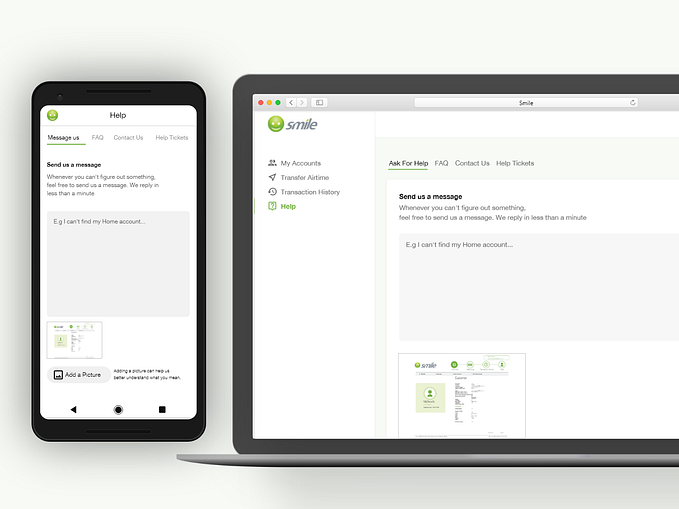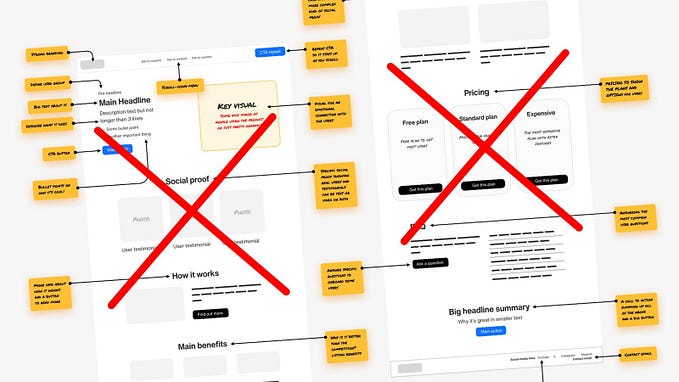Why Progressive Web Apps are the future
How PWAs can help businesses give better experiences on the Web.
Let’s admit it; Almost everyone who makes a native app does so for selfish reasons. During my time at my first startup, we set out to build an iOS and an Android app. This was a largely difficult task. We needed to hire two engineers to maintain two entirely different codebases! I thought about it; It was crazy. Why didn’t we just build a web app?

Here’s why
You can’t wrap your fist around users on the web. It’s a free place. They don’t like you, they swipe and boom! You’re gone. I think this is the major the motivation behind companies that make mobile apps; push notifications, availability bias, etc. But let’s not talk about that today.
I want to talk about how PWAs can incredibly help businesses give better user experiences on the web. Let’s start by reminding ourselves why there were mobile apps in the first place…
Rewind to 2007

When the first iPhone launched, it allowed you to connect to the internet with your phone, a year later, the app store was released. Mobile apps could now use native built-in features like geolocation, push notifications, offline availability and storage. This meant everyone would use the web to read the news and then send people to the App store to get the mobile app. Poor web.
10 years later, Smartphone users now spend 50 percent of their mobile time in one app & 97 percent in their top 10 apps, more than 50% of mobile users download zero new apps per month (Comscore). On the other hand, the web has flourished. Boasting of access to native APIs that mobile had, and most importantly, the combination of the openness of the web. Here’re a few things that excite me about PWAs.
PWAs are Progressive
“A complex system that works is invariably found to have been developed from a simple system that works…” — Gall's law.
A native application is a complex system; You visit the developer’s site, go the App store (A huge percentage of leads drop), you make one huge commitment by downloading a 40MB large app. This is counterintuitive to the way relationships work.
PWAs on the other hand, allow the users to make little multiple commitments. They work from a simple system that is anchored on the fact that anyone can visit a website. Other complex things can be built progressively
- Adding to the home screen.
- Allowing push notifications
- Access to other APIs.
This approach is a game changer. It gives a relaxing user experience. If you visit Twitter.com today, you can leave the site without any commitments. The next time you come around, you can turn on push notifications, 2 weeks later, you can add to your home screen.
Fast & Offline First.
At the heart of PWAs are service workers; small JavaScript files that are stored on the user’s device and act as a bridge between the server and the users. If the user is on a flight without an internet connection, they can still interact with the app without seeing a “Sorry, you’re not connected to the internet error”.
Service Workers also cache a lot of starter files so immediately the user hits the app icon, they don’t get to wait on a loading screen for the server to return. For a group of apps that don’t require timely information, like shopping apps, people can look up things and navigate the app without being connected to the internet.
Unified Experiences

A large group of people will use an app from a single device almost all the time. The other percentile will have a PC, an iPhone, and an iWatch. With native approaches, they would need to install the app on all platforms or wait till they hit their iPhone. But PWAs have a single endpoint; the Web. Anywhere a web browser can run, a PWA can run. You can literally pick up any mobile device and return to a previous browser session.
I’m Excited
Earlier this year, I learned React Native. Being able to build native mobile apps with one single codebase is mindblowing. While I’m done with the project, I can’t wait to see what PWAs turn into. Moving forward, I’ll be dedicating a small amount of my time to learn about them.
I’m a Product Designer aiming to work remote from Nigeria. Every Friday, I write about things that excite me in Design and Engineering. If you found this valuable, you’ll surely need to stay tuned.
Prev
Value and Waste.
Why I’m learning PHP in 2019.
Next
My affair with typography.
History can help us live twice.
What I’ve learned from looking at a hundred landing pages.








